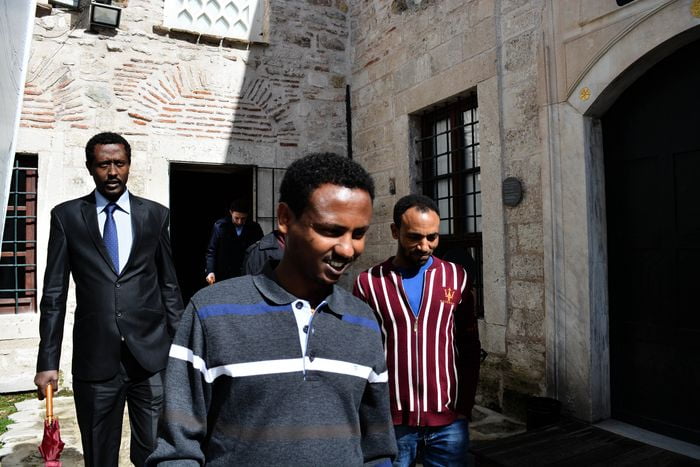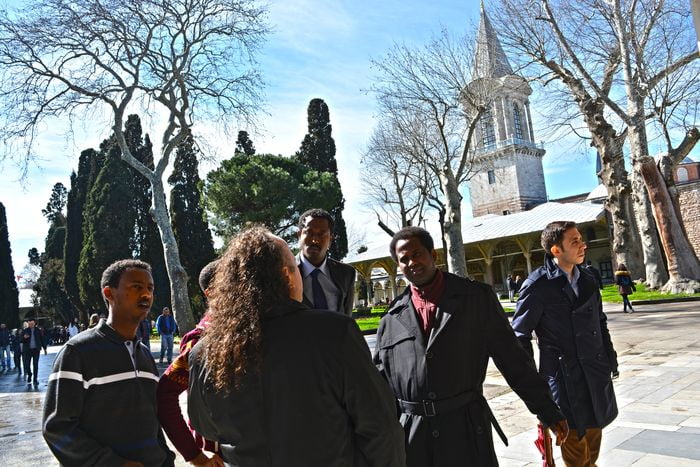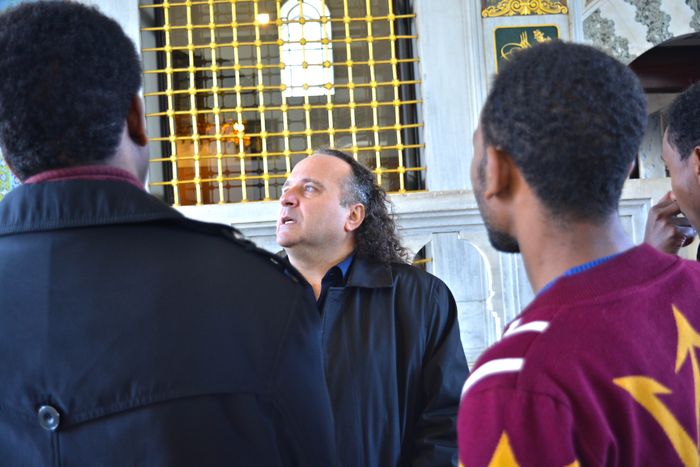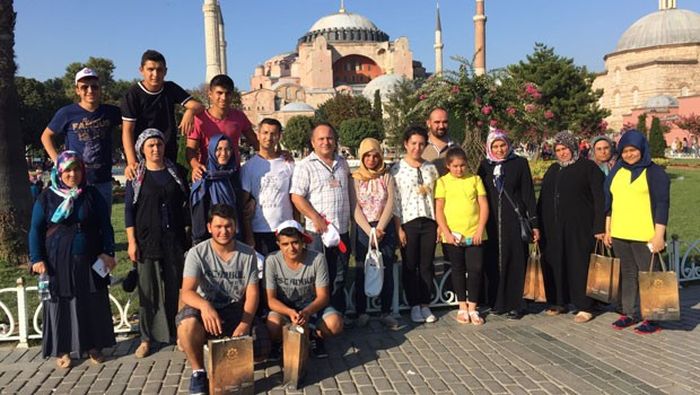(18) If anyone denies the resurrection of the dead, and the judgment, and the condign retribution to everyone, endless torment and endless bliss, etc.
(19) If anyone does not accept this our Holy and Ecumenical Seventh Synod, let him be anathema from the Father and the Son and the Holy Ghost, and from the seven holy Ecumenical Synods!
[Then follows the prohibition of the making or teaching any other faith, and the penalties for disobedience. After this follow the acclamations.]
The divine Kings Constantine and Leo said: Let the holy and ecumenical synod say, if with the consent of all the most holy bishops the definition just read has been set forth.
The holy synod cried out: Thus we all believe, we all are of the same mind. We have all with one voice and voluntarily subscribed. This is the faith of the Apostles. Many years to the Emperors! They are the light of orthodoxy! Many years to the orthodox Emperors! God preserve your Empire! You have now more firmly proclaimed the inseparability of the two natures of Christ! You have banished all idolatry!
You have destroyed the heresies of Germanus [of Constantinople], George and Mansur [mansour, John Damascene]. Anathema to Germanus, the double-minded, and worshipper of wood! Anathema to George, his associate, to the falsifier of the doctrine of the Fathers! Anathema to Mansur, who has an evil name and Saracen opinions! To the betrayer of Christ and the enemy of the Empire, to the teacher of impiety, the perverter of Scripture, Mansur, anathema! The Trinity has deposed these three!
Excursus on the Conciliabulum Styling Itself the Seventh Ecumenical Council, But Commonly Called tThe Mock Synod of Constantinople. Ad 754
The reader will find all the information he desires with regard to the great iconoclastic controversy in the ordinary church-histories, and the theological side of the matter in the writings of St. John Damascene. It seems, however, that in order to render the meaning of the action of the last of the Ecumenical Councils clear it is necessary to provide an account of the synod which was held to condemn what it so shortly afterward expressly approved.
I quote from Hefele in loco, and would only further draw the reader’s attention to the fact that the main thing objected to was not (as is commonly supposed) the outward veneration of the sacred icons, but the making and setting up of them, as architectural ornaments; and that it was not only representations of the persons of the Most Holy Trinity, and of the Divine Son in his incarnate form that were denounced, but even pictures of the Blessed Virgin and of the other saints; all this is evident to anyone reading the foregoing abstract of the decree.
(Hefele, History of the Councils, Vol. V., p. 308 et seqq.)
Read More about Apologia of St John Damascene Against those who Decry Holy Images Part 30








